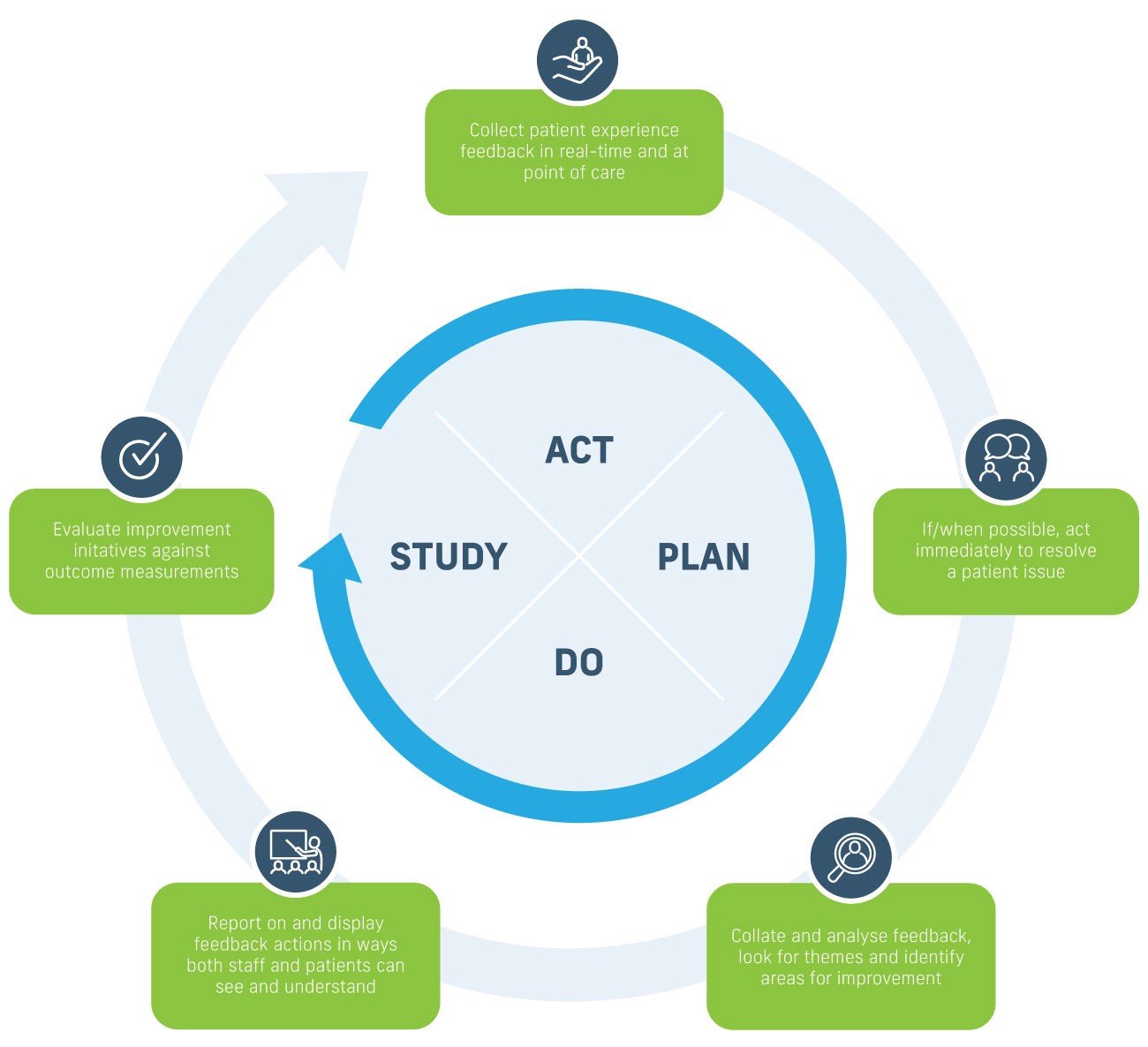
Sydney Street Medical: using patient feedback to support quality improvement
Sydney Street Medical is a well-established general practice in Mackay, Queensland, providing a broad range of health services including general
Please be advised that our offices will be closed from midday on Wednesday 24 December 2025 and will reopen at 9.00am (AEST) on Monday 5 January 2026.
We can be contacted by phone from Monday 5 January 2026. Alternatively, during the closure period you may call (07) 3855 2093 to leave a brief message including your name, contact number, and reason for call. We will return your call once our office reopens.
We wish all our clients a wonderful festive season and look forward to working with you in the New Year.

Providing high-quality patient care and service is at the heart of what we do as healthcare professionals. Patient feedback is integral to understanding how patients perceive their care and how it can be improved.
Real-time patient feedback is becoming increasingly popular as a measure of patient experience because it allows healthcare providers to quickly identify and address concerns or issues. Moreover, real-time patient feedback can integrate seamlessly into your existing ‘Plan-Do-Study-Act’ (PDSA) cycle to help deliver even better patient experiences and operational improvement in your practice.
Real-time patient feedback can be used to identify areas of improvement. For example, if patients consistently provide feedback that the wait time is too long, the practice can develop a plan to reduce wait times. This could include adding more support or clinical staff or implementing a better scheduling system.
Patient feedback can be used to realise the plan. In this example, if the practice decides to implement a new scheduling system to reduce wait times, the system can be tested with a small group of patients. Their feedback can be used to make necessary adjustments before rolling it out across the entire practice or all patients.
Real-time patient feedback can be used to evaluate the effectiveness of the improvement initiative. For example, following the implementation of the new scheduling system, reviewing patient feedback will be an essential component in determining if there has been an actual or perceived reduction in wait times.
Real-time patient experience data can continue to be used to make necessary adjustments and improvements on the fly. For example, if patients continue to rate the wait time as too long despite the new scheduling system, the practice can review the system and make further adjustments before moving into the next PDSA cycle.
Importantly, utilising real-time patient feedback in your PDSA framework can also help to improve patient engagement. Patients who feel their feedback is valued are more likely to have a positive experience and feel pleased with their care. This can lead to improved patient retention, better reviews and word-of-mouth referrals – and patients who are more engaged with their care.
In summary, we know the PDSA cycle is an effective model for managing quality improvement initiatives and a real-time patient feedback tool such as Active Insights can be seamlessly integrated into this method to provide a more holistic approach to QI, ultimately resulting in better healthcare outcomes for your patients.


Sydney Street Medical is a well-established general practice in Mackay, Queensland, providing a broad range of health services including general

Australia’s healthcare system faces significant challenges from the growing burden of chronic conditions. According to the Australian Institute of Health